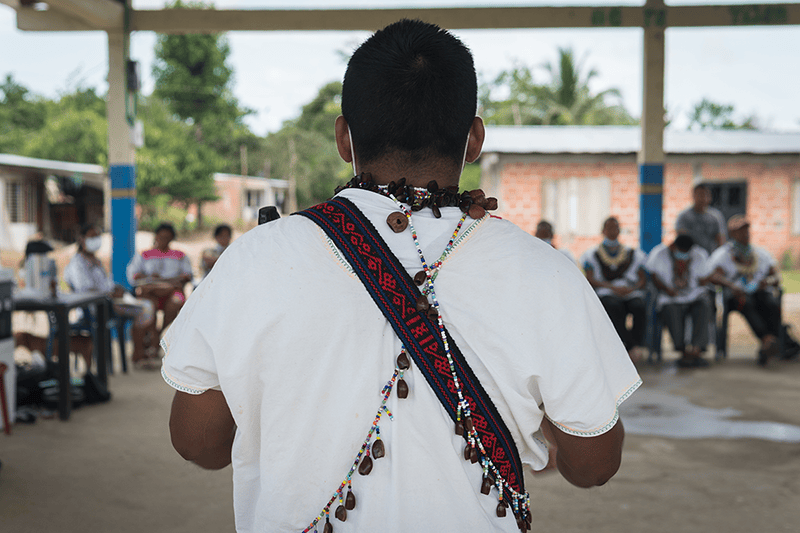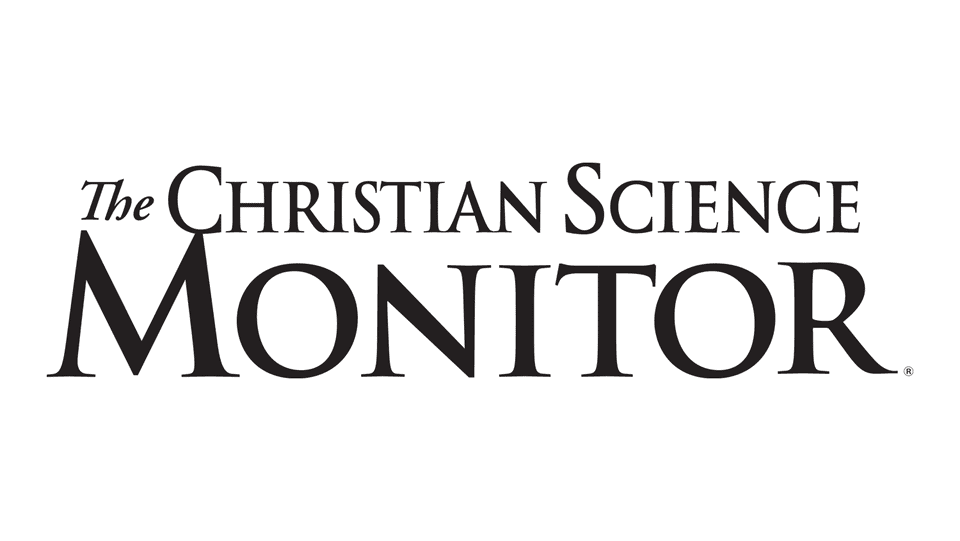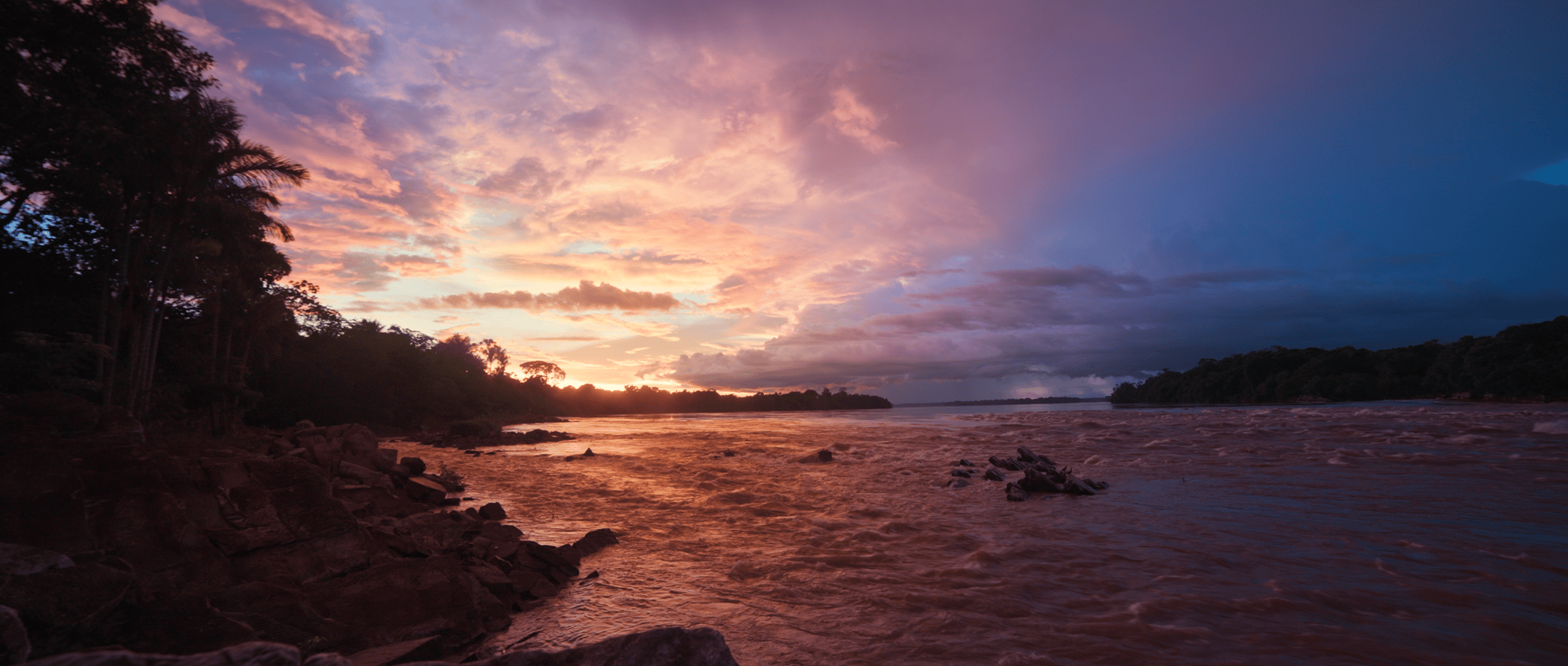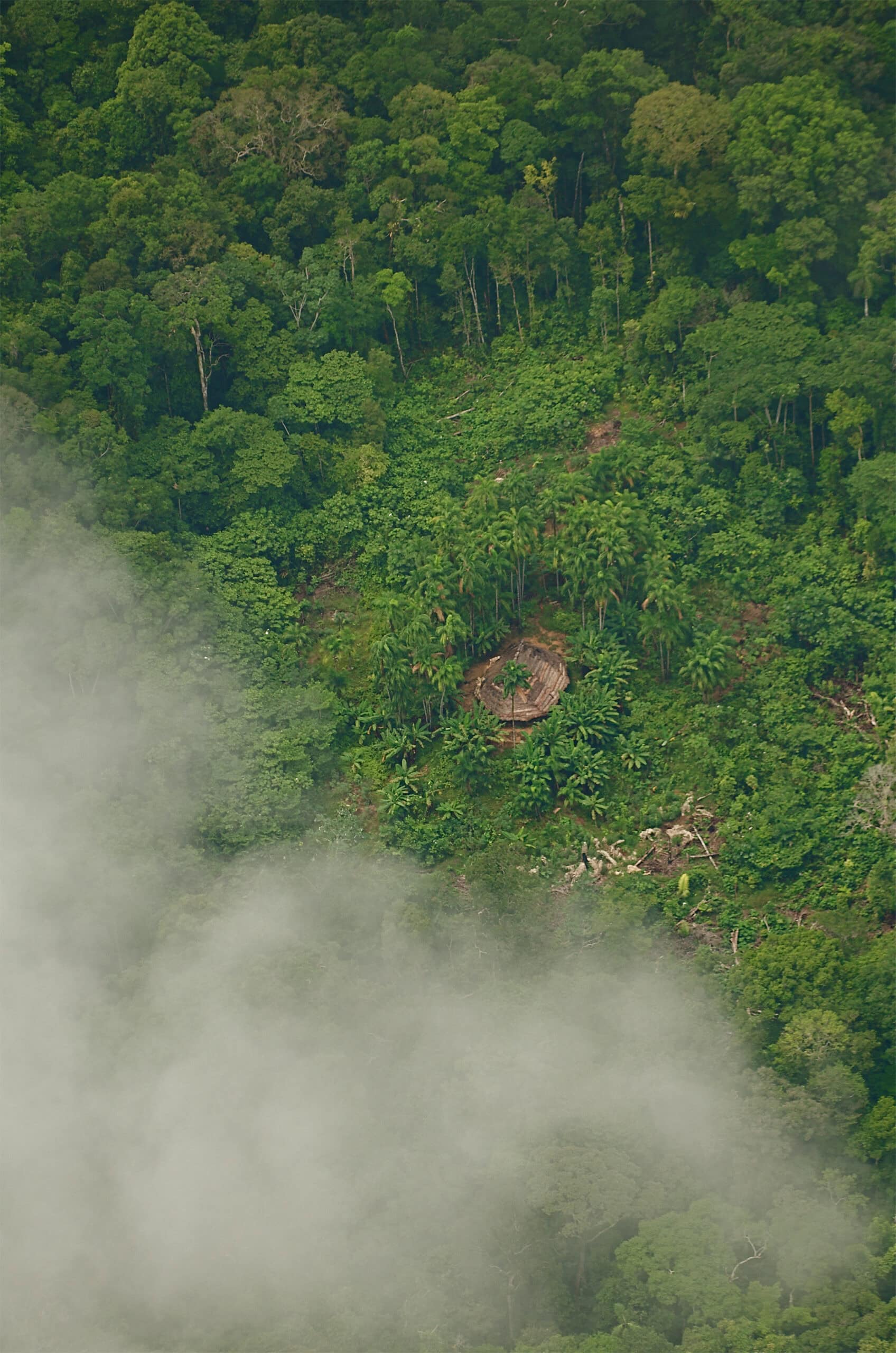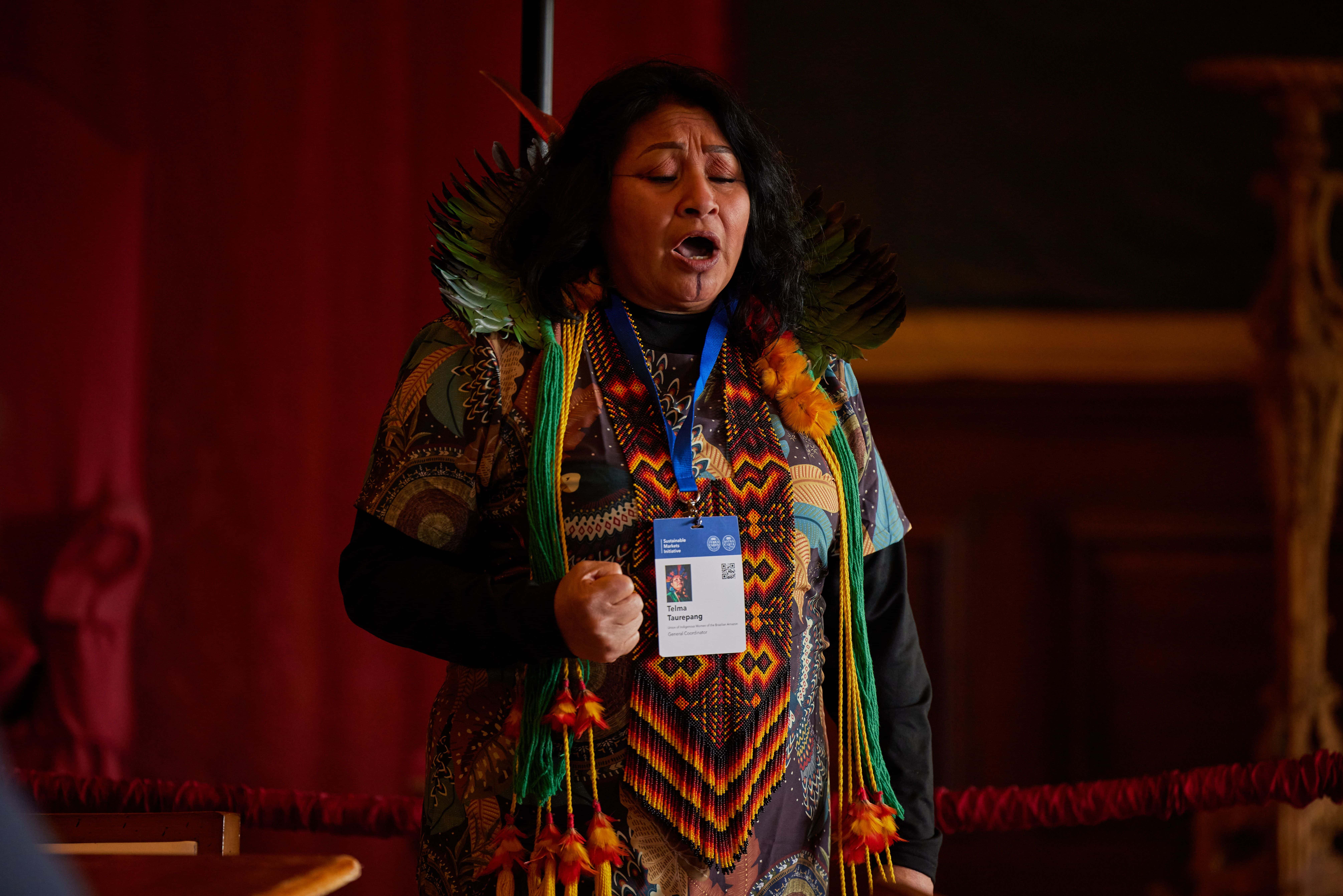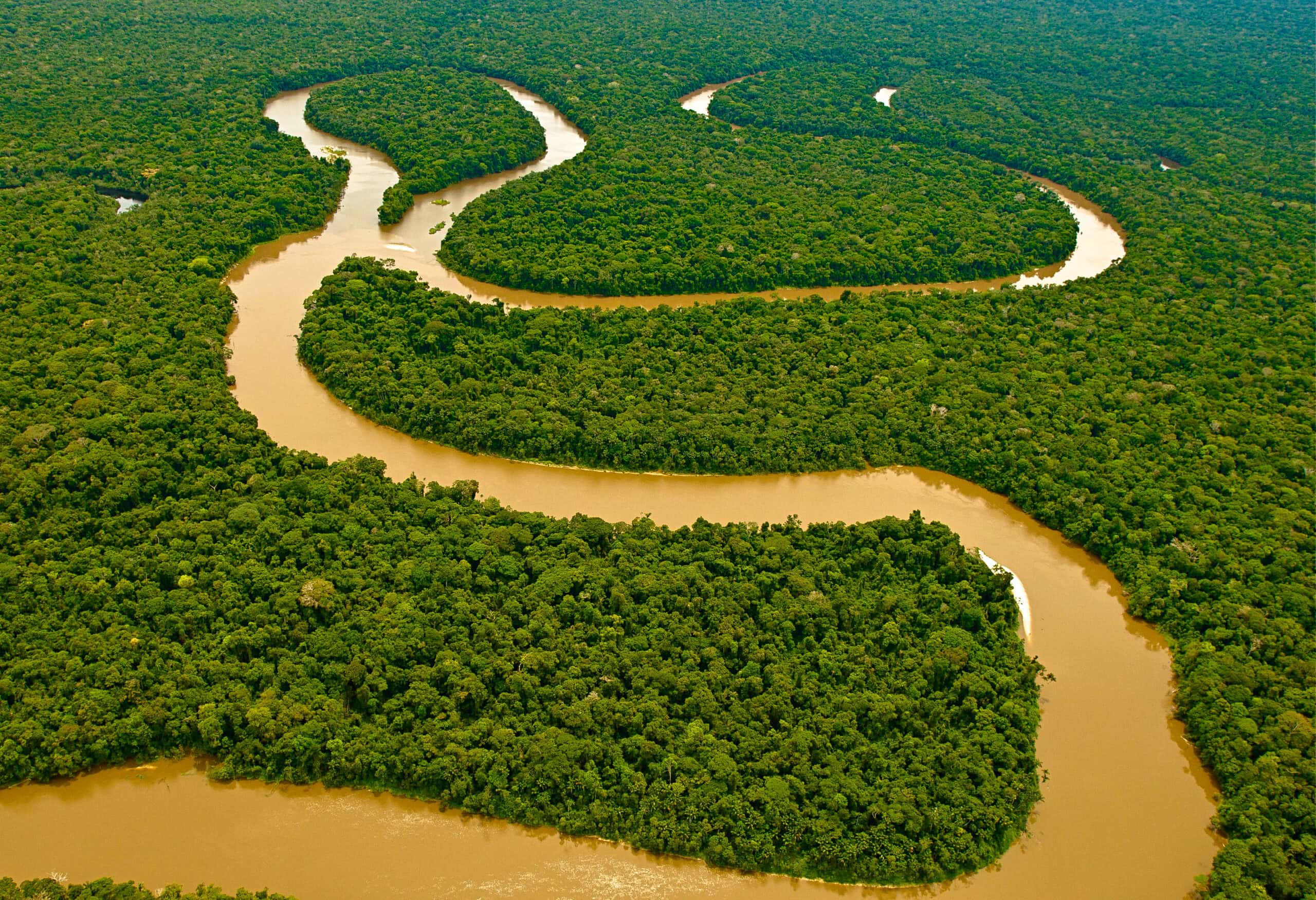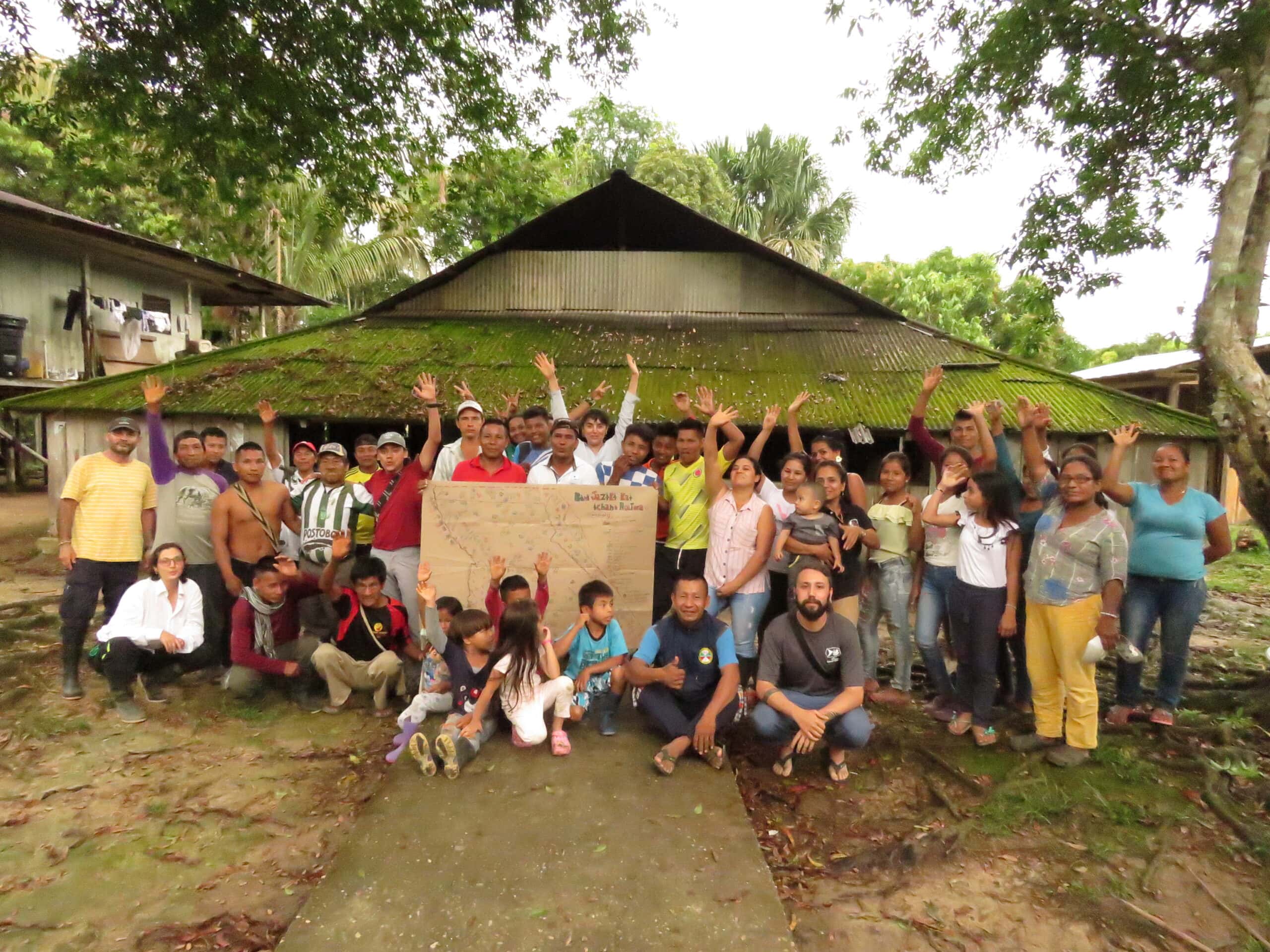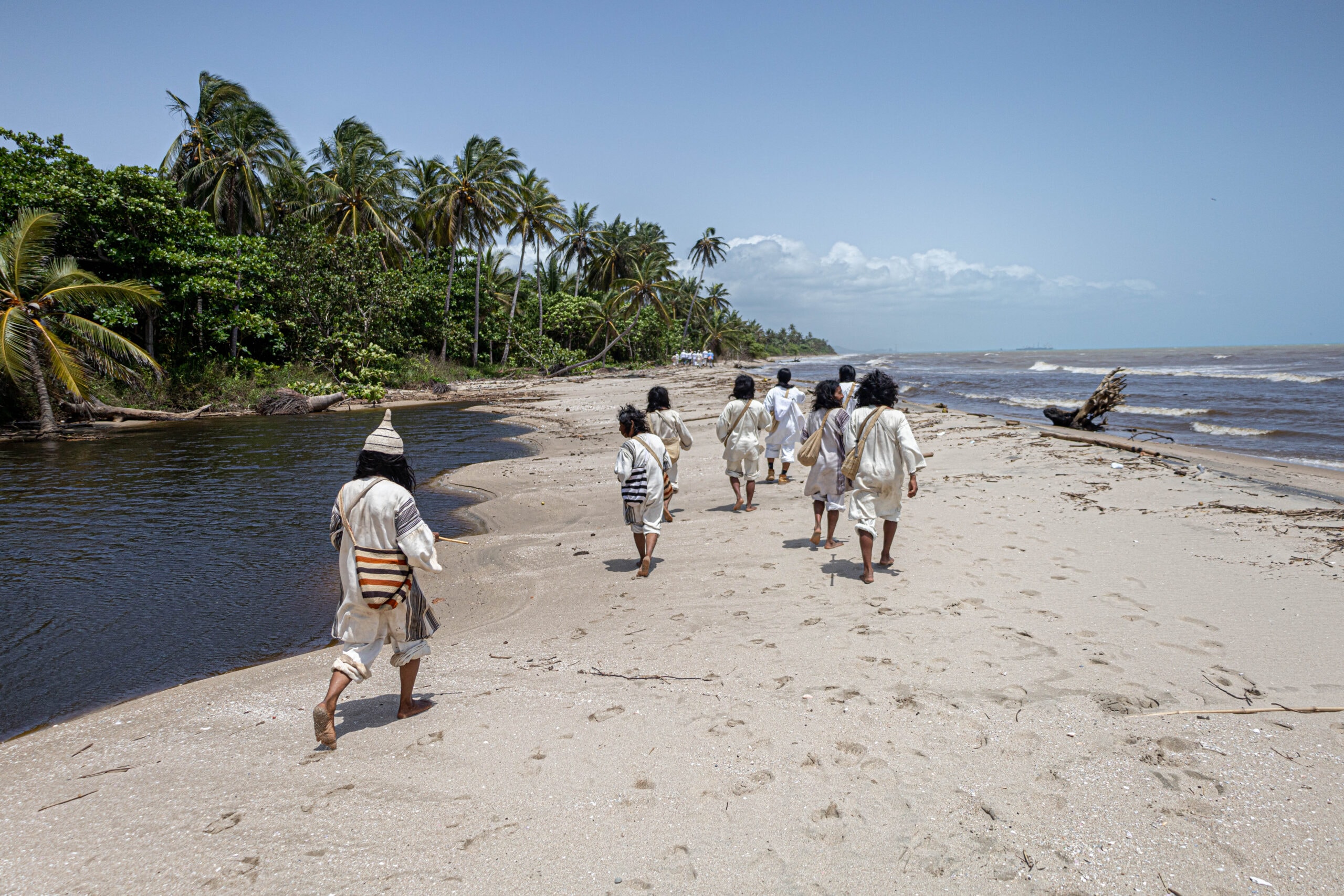Posts Tagged ‘indigenous rights’
Sem território, não há justiça climática para o povo Kokama
A 7ª Assembleia do povo Kokama debateu demarcação, educação, saúde e valorização da língua e dos saberes tradicionais dentro do contexto da crise climática. Realizada em Amaturá, no estado do Amazonas, entre os dias 8 e 11 de julho, a 7ª Assembleia Geral dos Movimentos do Povo Kokama foi um importante marco na luta indígena…
Read MoreColombia Embraces Indigenous Health as National Policy
Last month, in a historic act, Colombia’s national government formally adopted the Indigenous Intercultural Health System (SISPI) as national public policy by signing Decree 480. The President signed the decree alongside representatives from the Minga Indigena and other organizations from across Colombia. Indigenous organizations, Colombia’s Ministry of Health, and other state entities worked together for…
Read MoreChristian Science Monitor Highlights Landmark Protection of Isolated Indigenous Territory in Colombia
The Amazon Conservation Team (ACT) was recently highlighted in The Christian Science Monitor’s Points of Progress column for its role in a landmark conservation and human rights victory in Colombia. The article celebrates the official recognition of 2.7 million acres as off-limits to development and human contact, safeguarding the isolated Yuri-Passé people. ACT was recognized…
Read MoreFinding Climate Optimism in the Amazon this Earth Day
Earth Day, celebrated this Tuesday, is a global reminder to reflect on the health of our planet. And right now, there’s no sugarcoating it—the biosphere’s vital signs are concerning. The past decade has been the hottest on record. Droughts, wildfires, and hurricanes are growing more intense. The climate crisis feels more real than ever. But…
Read More“Intangible Zone” Documentary Highlights the Protection of Isolated Indigenous Peoples
Discover the upcoming documentary Intangible Zone, focusing on the protection of the isolated Yuri-Passé people in the Colombian Amazon. Directed by Greg Méndez López, this film highlights the importance of safeguarding Indigenous cultures and the Amazon ecosystem. Join the sneak preview screening with insights from the director and experts.
Read MoreColombia Makes History: Legal Protection for Indigenous Peoples in Isolation
Colombia Makes History: Legal Protection for Isolated Indigenous peoples in Colombia In a groundbreaking move, the Colombian government has taken an unprecedented step to protect Indigenous Peoples Living in Isolation by defining their territory—with Indigenous allies, the Amazon Conservation Team (ACT), and a coalition of partner organizations playing central roles in fostering this historic resolution. Indigenous…
Read MoreWhy Indigenous Land Rights Matter: A Powerful Message from the Amazon
An Indigenous Voice at a Global Event Imagine standing in front of some of the world’s most powerful business leaders and telling them they need to do better. That’s exactly what Telma Taurepang, an Indigenous leader from the Amazon and an Amazon Conservation Team – Brasil assembly member, did in London at the Terra Carta…
Read MoreThe Amazon Rainforest: Fascinating Facts About Its Importance and Biodiversity
The Amazon Rainforest represents one of the most vital ecosystems on Earth, home to an incredible variety of plants, animals, and indigenous tribes. As the world’s largest tropical rainforest, the Amazon is crucial not only for its biodiversity but also for its role in regulating the global climate and supporting human life. As a result,…
Read MoreConservation victory in Colombia’s deforestation hotspot
On the shores of the Caquetá River, among tall Amazonian palms and fast flowing waters brown with silt, are three indigenous reserves– Huitorá, Coropoyá and Jericó Consaya. These reserves are home to 138 families of the Murui Muina and Korebajʉ people, who have long assumed responsibility for caring for the life within their biodiverse territory.
Read MoreBiocultural restoration at Jaba Tañiwashkaka
Understand how the Kogui people reclaimed access to the sea and restored nature at a coastal sacred site through our new blog about Jaba Tañiwashkaka.
Read More


